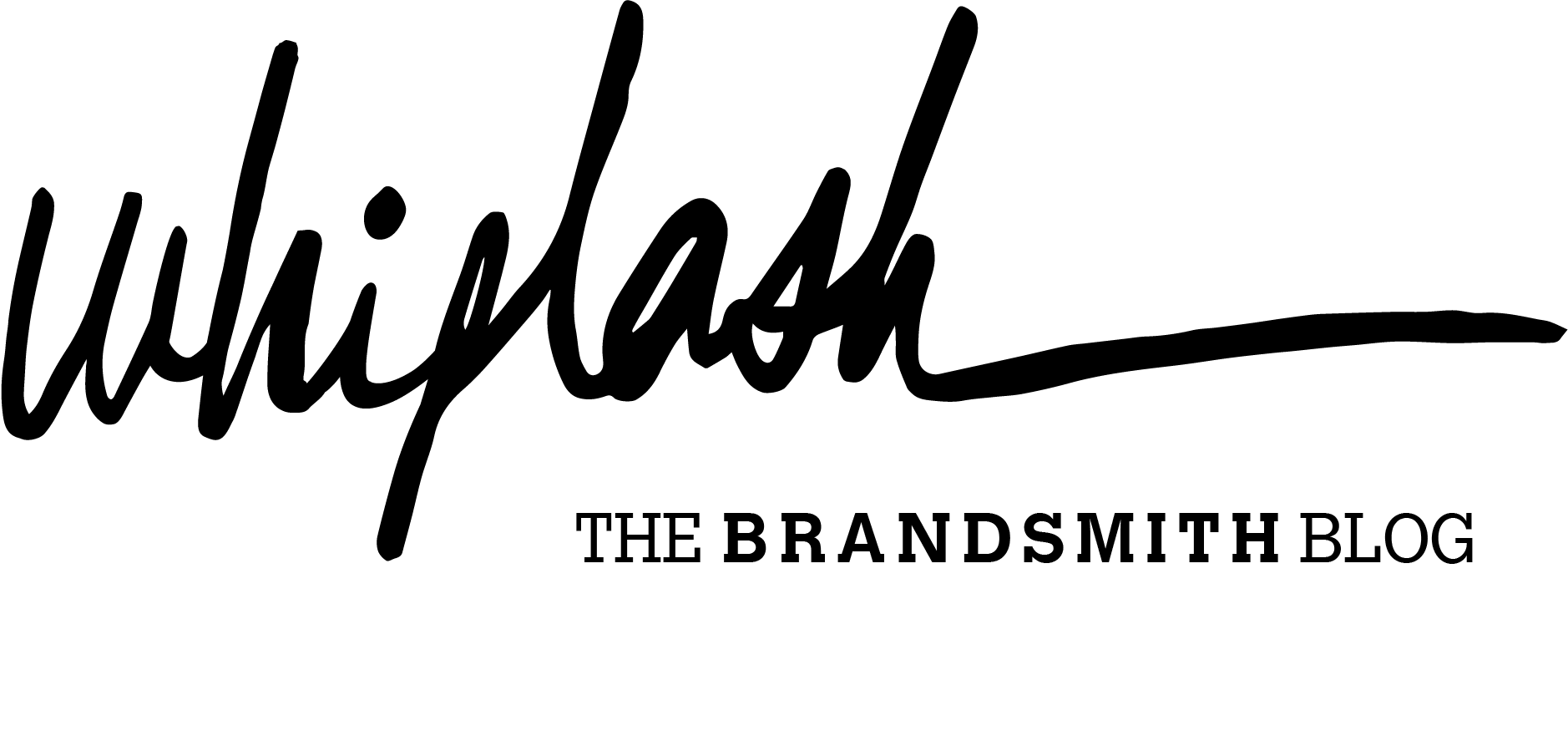
18 Sep Build a more transparent supply chain to survive in the new normal
Whiplash Team, September 18, 2020
Build a more transparent supply chain to survive in the new normal
Understanding the complexities and the weak links in supply chains in a globalized world can be key to make organizations more resilient without sacrificing efficiency when facing future crises.
The COVID-19 pandemic has put companies and global economies in a difficult spot. Supply chains have been under severe strain due to the closure of borders, ports and airports. A situation that has led to a disruption in deliveries of raw materials and finished products, forcing procurement departments to go on crisis management mode. All this has shown that those organizations that understand the weaknesses of supply chains can take action when facing new ones hence developing resilience and maintaining efficiency.
For Jeff Patrick and Guillermo Ibarguengoytia, authors of the article The Future of Supply Chains: Tactics to Prepare for a New Normal, “the current environment has created a unique and unprecedented set of challenges for supply chains around the world. From disruptions in supply and production to changes in consumer behavior and increased transportation costs, everything is going to change.” They argue that for manufacturers it is important, now more than ever, to reassess the future state of their operating model, where the supply chain is of utmost importance.
We live in a globalized world and there is no doubt that the greater the complexity of supply chains, the greater the risks it represents. According to a study by the consulting firm McKinsey, “On average, an automobile manufacturer has around 250 first-tier suppliers, but the number proliferates to 18,000 throughout the value chain. Aerospace manufacturers have an average of 200 tier-one suppliers and 12,000 at all tiers. Finally, technology companies have an average of 125 suppliers in their first-tier group and more than 7,000 at all levels”.
Rodrigo Silva-Ramos, president and co-founder of Geeksme, among other business initiatives, explained during his interview in the series Positive change for the day after the difficulties in the traceability of supply chains in the technology sector: “We make devices that are made from items that have a whole supply chain behind them. I am going to tell you the truth, from the component which is included in an item that is made at our supplier’s factory and the origin of that component, I do not know what happens in between. All I know is that, from the mine to my supplier’s factory, I have the feeling that there must be between 8 to 12 suppliers. The problem is that I do not know who they are, my supplier does not know who’s the supplier of their supplier, and the saddest thing is that, in the end, I think –because I have delved into the issue– that what is at the bottom of the bottom of the bottom of that mine, is a bit stinky”.
This lack of traceability is one of the weakest points in the chain. According to the McKinsey research, organizations “that cannot successfully manage these complex and sometimes opaque supply chains are at high risk, especially if they cannot mitigate the increasing risk of disruptions. Even a brief interruption of 30 days or less can put 3 to 5 percent of the EBITDA margin at stake. “
In a VUCA world (volatile, uncertain, complex, and ambiguous) daily reality forces us to be prepared to manage uncertainty and unexpected difficulties. “As an entrepreneur I have learnt to handle unstable situations daily … In the world of technology, each day is different, each horizon, each morning has a different colour and, therefore, adaptation to that instability in times of crisis is important.” Silva-Ramos pointed out.
In this context, companies must implant their resilience operating models, including building resistant and efficient industrial supply chains. The lack of transparency and traceability in supply chains makes it virtually impossible to foresee disruptions and, according to 34% of purchasing managers consulted in the McKinsey survey, this is one of the biggest challenges they face.

























